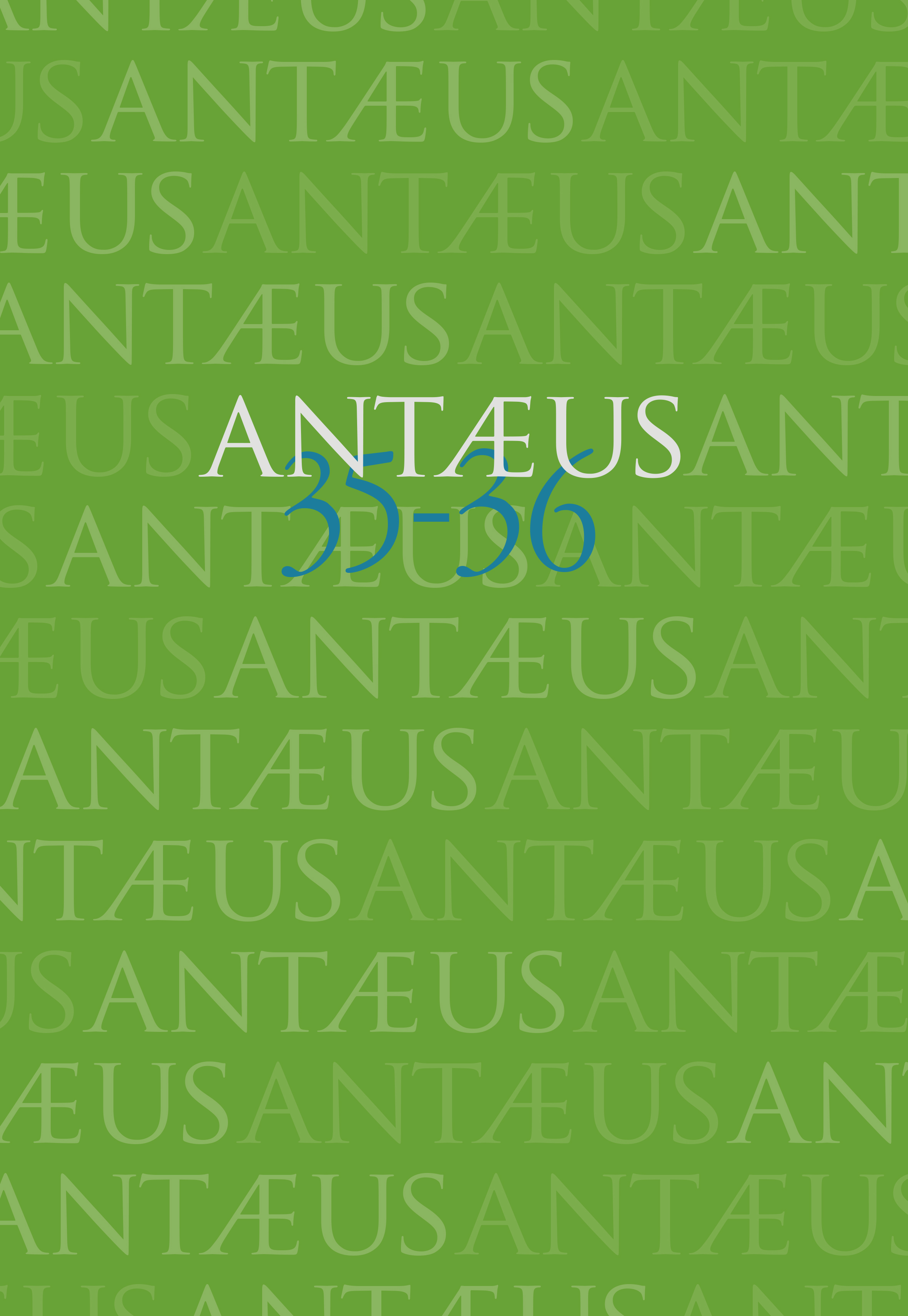|
Form- und herstellungstechnische Analyse der Bügelfibeln von Balatonszemes aus dem dritten Viertel des 5. Jahrhunderts Anett Miháczi-Pálfi 
AbstractAside from the archaeometric examinations, analyses and interpretations by Eszter Horváth, there was barely any targeted research of this type for this era and region in Hungarian research on the Migration period, this being the reason that I decided to undertake the non-destructive testing of fifth-century jewellery and dress accessories in archaeological collections in order to study the techniques and surface traces of production, decoration, repair and wear. In this paper, I discuss the manufacturing technique of the cast silver-gilt bow brooches from Balatonszemes-Szemesi-berek, based on their front and back view images, as well as on micrographs of the headplate, the bow and footplate with chip-carved ornamentation (cross-hatching), the ribbed knobs or bow, the figure-of-eight-shaped punch marks and the niello. In addition to the microscopic analyses and the detailed descriptions of the finds, the regional and, to some extent, the chronological connections of the objects and their manufacturing techniques are also covered. A study of the minor details of alloy products can offer clues as to the circle of workshops and to distant analogies. |
![]()



